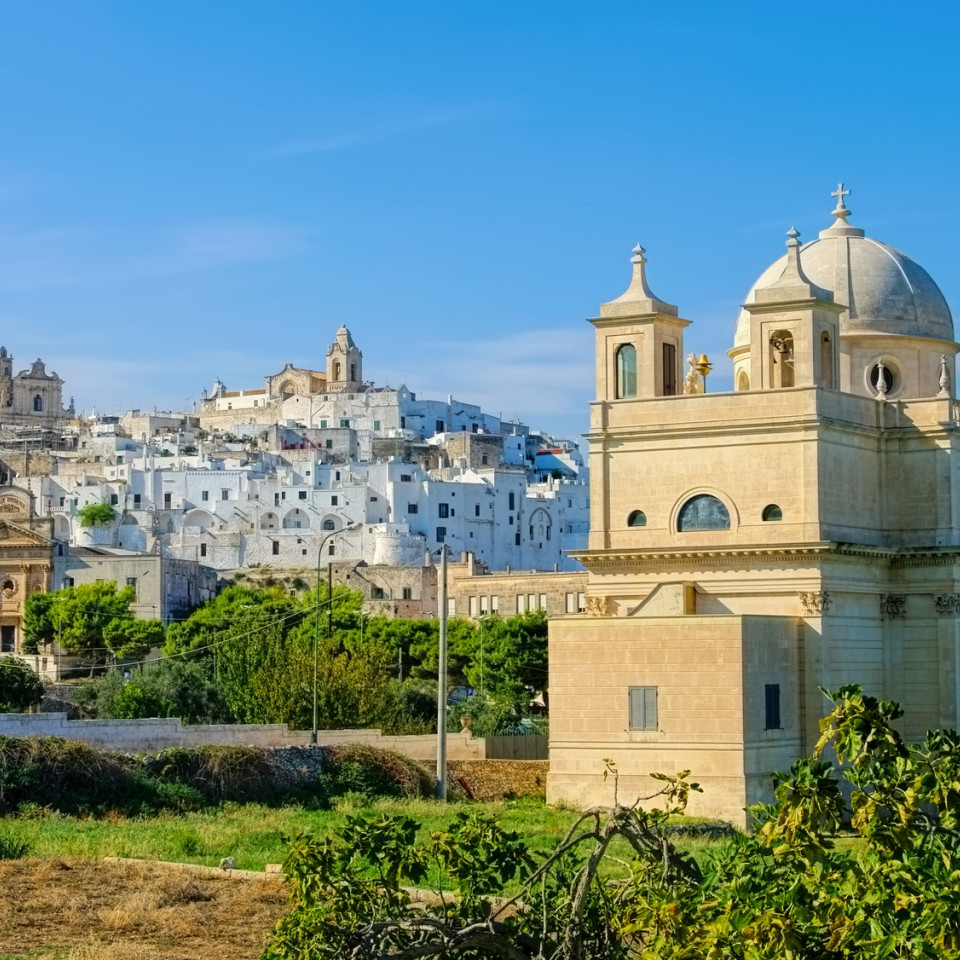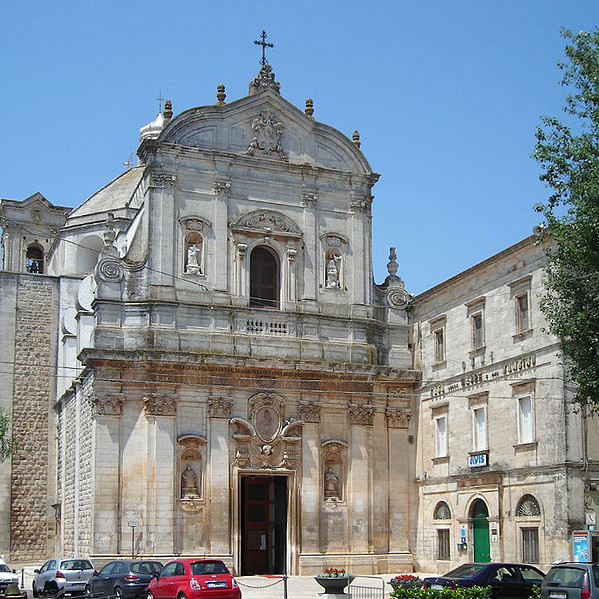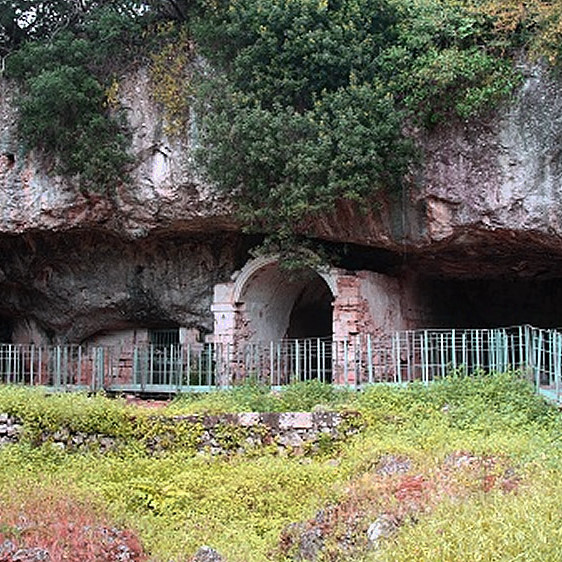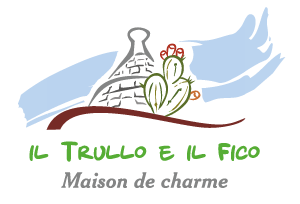The Maison du Charme “Trullo ed il fico” is in a strategic position both for those who want to spend a holiday of total relaxation and privacy and for those who want to dynamically discover the secrets and beauties of a wonderful land which is Apulia, and specifically the High Salento, of which Ostuni, the "White City", can certainly boast about being the capital.
Even the sea of Salento, for years awarded the Blue Flag for clean water, is easily reachable in a few tens of minutes by car from the Villa.
Nearby beaches
Torre Guaceto
Pilone
Rosa Marina
Villanova
White Ostuni Beach
Quarto di Monte
Costa merlata
Ostuni
Ostuni the White Beach is only 3km from the Villa. Its historical centre is almost elliptical in shape, with concentric levels due to the building expansion that took place over the centuries, so some areas of the centre are defined according to the period: the seventeenth-century area, the eighteenth-century and nineteenth-century. In the city centre, the accesses to the white houses are embellished with Baroque portals of fine workmanship in Lecce stone, surmounted by the coats of arms of noble families. Among the stone-paved alleys of the old town there are arches, buttresses, steep stairs, balconies and loggias with baroque wrought iron railings and antique lamps that reflect in the evening with the warm light of the lamps on the white light that covers the plaster of the elevations of buildings. The "peak" of the city is overlooked by the Cathedral of St. Oronzo, dating back to the 15th century, with its beautiful and unique rose with 24 rays symbolizing the Sun Christ. To see: St. Francis Church, St. Francis Palace, St. Oronzo’s Baroque Spire, the Sanctuary, the seventeenth-century Church of the Holy Spirit, the mighty defensive walls.
Cisternino
Cisternino is about 14 km from the villa and can be reached along the Provincial Road 17. The small but well-known place is considered among the most beautiful villages in Italy. The city centre with the typical medieval system, called "the island", recalls an oriental village, with white houses, alleys paved with limestone slabs from which steps and sinuous paths lead to houses on multiple levels, with loggias and balconies that create scenarios and settings of particular beauty and charm with architectural elements, both during daytime and the evening. Typical of the city of Cisternino are the "fornilli", the butchers that in the evening become taverns where, sitting in the alley, you can taste dishes of meat skewered on spits such as the legendary "bombette", slices of veal rolled up plain or filled with tasty specialties, with side dishes of an ancient flavour, such as potatoes cooked in charcoal and ashes, all to wash down with a jug of fresh Negramaro or Primitivo wine.
Ceglie Messapica
Ceglie Messapica is about 7 km from the villa and can be reached along the Provincial Road (S.P.) 22. It’s known for being a renowned gastronomic stop as there is a large concentration of high quality restaurants managed by starred chefs both in the city centre and in the surroundings. Overlooking the Piazza Vecchia you will find Palazzo Allegretti, a palace dating back to the eighteenth century that will amaze you mostly for its two large portals, on which you can see the crests of the Allegretti and Cenci families. The Church of St. Rocco has an ancient history, whose earliest records date back to 1595. It was built on a very high point of a hill, on which stood a chapel dedicated to the Saint of Montpellier. You will undoubtedly stand in front of the different architectural features of the facade and you couldn’t possibly be disappointed by its suggestive three-nave interior. Among the other civil architectures of Ceglie Messapica stands the Ducal Castle, whose interior can be accessed through a wide door.
Martina Franca
Martina Franca is about 20 km from the Villa and can be reached taking the Provincial Road 14 and then the Provincial Road 62. The town, also famous for its typical salami sausage "Capocollo", is a masterpiece of the Baroque with its palaces and patrician houses embellished with cornices, portals, rusticated stone walls and balconies with rich coloured flowers. Among them stands the Ducal Palace, built in more than 100 years, between 1668 and 1780, with late baroque rococo style rooms and frescoed vaults.
Alberobello
Alberobello is about 30 km from the Villa and can be reached by taking the Provincial Road 71 and then the Provincial Road 134 and to follow the State Road (S.S.) 172. The city of the “trulli”, which are almost 1500, is UNESCO Heritage since 1996 for its uniqueness. The winding lanes lead us into a fairy-tale landscape made of cone-shaped roofs and pinnacles that rise in the sky with apotropaic symbols on the tip of the cone or painted on the grey limestone stones. The town is divided into two districts: that of Monti and Aia Piccola. Among the characteristic houses, still regularly destined to be lived in, there are shops that sell local products of crafts, a rural tradition that still resist despite the times.
Locorotondo
Locorotondo is about 20 km from the villa and can be reached by taking the Provincial Road 17 and then the Provincial Road 134. The name of the city derives from the characteristic circular layout of the whole of the historical centre to be defined precisely "Round Place". The most beautiful places in Italy for the particular ancient settlements, the Cummense, a rectangular building with a strongly sloping roof, also made with calcareous rock tiles as for the huts, slabs that with the skilful layout allowed the flow of water without causing damage and infiltrations to the house.
Fasano
Fasano is about 25 km from the villa and can be reached along the State Road 16. The Old Town is also listed as one of the most suggestive Apulian towns. Known in dialect as U'mbracchie (shade), it is characterized by the white limestone streets, where the sun doesn’t hit too hard, ensuring a pleasant coolness throughout the day. The many churches that overlook the narrow streets of the historic centre do their part in making the place beautiful. The houses are all coloured with white lime, characteristic of most of the historical centres of the area. A must-see is Piazza Ciaia whose main roads are covered in local slabs. The various buildings that overlook the square are true architecture pearls. From the historic centre of Fasano, along the evocative pedestrian paths, you can get to the Torrione delle Fogge, the only keep of the ancient city walls still up today. Fasano is also known for the Zoo-Safari, one of the largest zoological parks in Italy.
Egnazia
The archaeological site of Egnazia is about 20 km away from the villa, in the Savelletri area and can be reached by taking the Provincial Road 20 and then State Road 379. It is one of the most important archaeological sites, dating back to the ancient Gnathia which was a port located on the border between Peucezia and Messapia, along the Trajan Road that connected Brindisi to Rome. Inside the site you can recognize the acropolis, the area of the Forum paved with large stone slabs, the Amphitheatre and the remains of the civil Basilica. Statues and pottery found in the site and funerary objects from the typical burial chambers are kept and exhibited in the nearby Museum.
The Archaeological site of
St. Mary of Agnano
The archaeological rock site of St Mary of Agnano is about 7 km away from the villa, still in the countryside of Ostuni, along the State Road 16 that connects Ostuni to Fasano. Among the most interesting finds, in addition to the Neolithic and Metal Age findings, there are the particularly relevant fossil remains of "Delia", the prehistoric woman who is the oldest found mother in the world, as she dates back to twenty thousand years ago. She was found together with the foetus that she carried in her womb, inside a cave that after was used for the cult of the nativity and in which a rock church was built around the year 1000.












